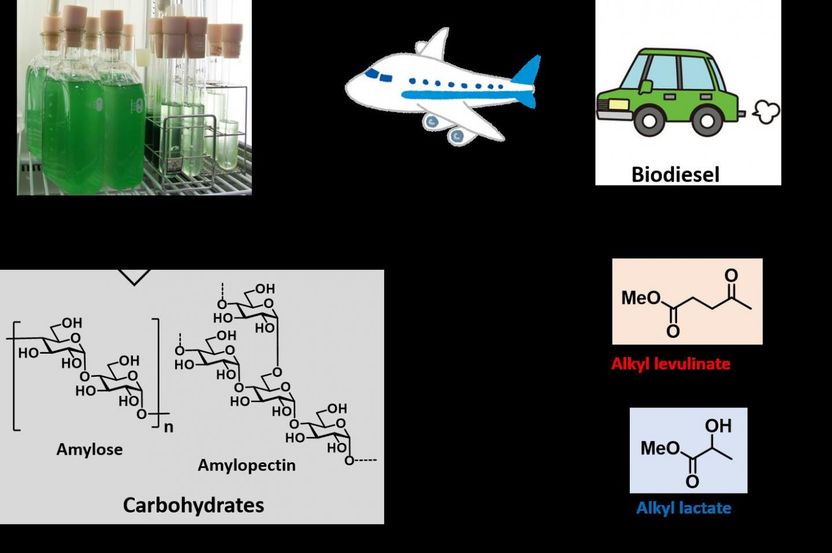Self-amplifying chemical mechanism explains severe winter haze events
In the aqueous phase of aerosol particles, nitrogen and sulfur oxides can react with each other and rapidly form high concentrations of fine particulate matter through a previously unrecognized mechanism.
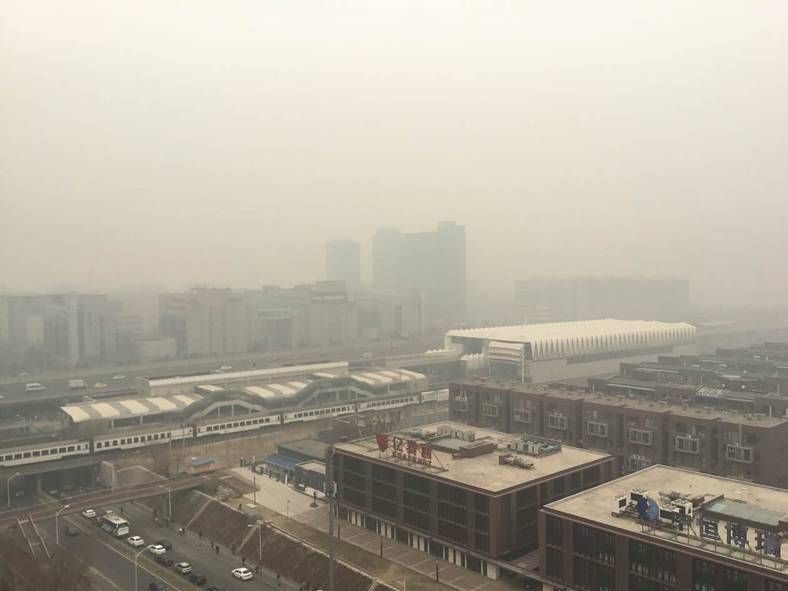
The health-threatening winter smog in Beijing is often particularly extreme and robbs the sight of the city and its surroundings. The high particulate matter values are caused by a previously unrecognized chemical mechanism in aerosol particles.
Hang Su, MPI for Chemistry
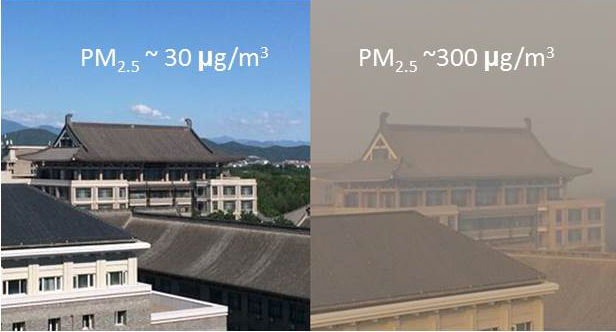
View with and without air pollution in China.
Professor Min Shao, College of Environmental Sciences and Engineer, Peking University
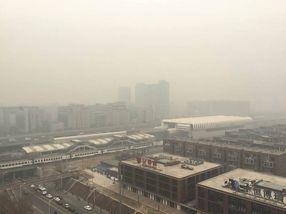
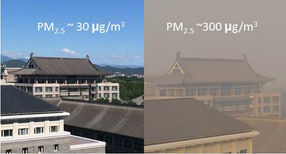
Persistent haze consisting of fine aerosol particles shrouds Beijing and large part of China during cold winter periods, threatening the health of about 400 million people. In 2013, record levels of fine particulate matter including large amounts of sulfate were measured in Beijing, but the sources remained a mystery because the solar radiation required for normal photochemical production of sulfate is weak during haze events.
An international team led by researchers from the Max Planck Institute for Chemistry now revealed the origin of the high amounts of sulfate in the haze aerosols: A chemical reaction between the air pollutants nitrogen dioxide (NO₂) and sulfur dioxide (SO₂) in the aqueous phase of the aerosol particles enables rapid formation and accumulation of sulfate independent of solar radiation and photochemical pathways. In the latest issue of the scientific journal “Science Advances” the researchers show that aerosol water acts as a chemical reactor where the alkaline aerosol components trap SO₂ from the air, which is oxidized by NO₂ to form sulfate. This mechanism is self-amplifying because the SO₂ uptake and sulfate formation causes an increase of aerosol particle mass that entails further water uptake. The higher aerosol water content in turn leads to faster sulfate production and more severe haze pollution than was previously explicable.
“We discovered that sulfate production increases together with the concentration of fine aerosol particles”, states Yafang Cheng, group leader at the MPI for Chemistry and first author of the study. In January 2013, she and her colleagues analyzed surface based aerosol measurements in Beijing 2013. What puzzled the scientists most was that the sulfate production rate was six times higher during the most polluted periods than those during low-moderately polluted conditions. State-of-the-art air quality models relying on sulfate production mechanisms that require photochemical oxidants, cannot predict these high sulfate levels because the photochemical activity is low due to the aerosol dimming effect.
“The enhanced sulfate production observed at reduced solar radiation levels indicated the existence of an unrecognized reaction pathway. After considering the standard pathways of gas phase, cloud and fog chemistry, there was still a large gap between modeled and observed sulfate” explains Hang Su, also group leader at the MPI for Chemistry and co-corresponding author of the study.
Finally, the Mainz scientists succeeded in finding the missing link: “Reactive nitrogen chemistry in aerosol water can explain the missing source of sulfate in the winter haze of Beijing. Water is a key component of atmospheric aerosols that enables a wide range of aqueous phase reactions”, summarizes Hang Su. Comprehensive and strict emission controls of both SO₂ and NO₂ are required to avoid the build-up of heavy haze events conclude Yafang Cheng and Hang Su. The researchers expect that the findings will advance the development and implementation of air pollution control strategies effectively reducing the adverse effects of haze on public health in China.
The global relevance and perspectives of the groundbreaking study are outlined by Ulrich Pöschl, director at the MPI for Chemistry: “The results show how tightly coupled multiphase processes involving gaseous, liquid, and solid substances are in our environment. They also demonstrate how important these processes are for our understanding of climate change and public health in the Anthropocene.” The Anthropocene is the current era of globally pervasive and steeply increasing human influence on planet Earth.





























































